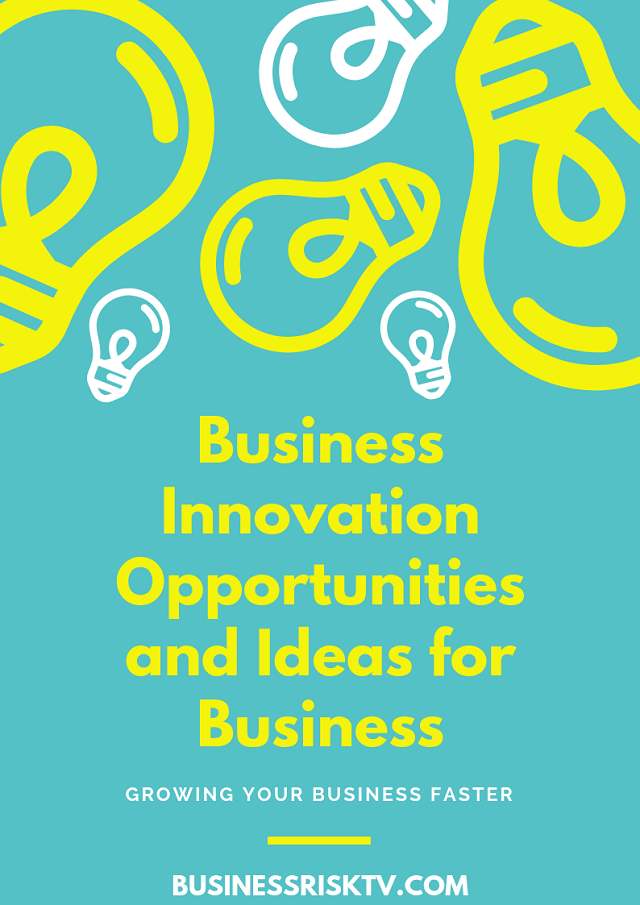The Fragile Threads of Connectivity: Impact of a Severed Yemeni Submarine Cable
Beneath the turquoise waters of the Red Sea lies a silent network of arteries, invisible to the naked eye but pulsing with the lifeblood of our digital age: submarine cables. These colossal bundles of fibre optics form the backbone of the internet, carrying the data that connects businesses, individuals, and entire nations across the globe. But what would happen if one of these critical arteries were severed, particularly the crucial cable passing through Yemen?
While a single cable might seem insignificant in the vast undersea web, the consequences of its disruption could be far-reaching. As an expert in internet infrastructure, I’ll delve into the potential impact of a severed Yemeni cable on businesses and consumers worldwide, exploring the ripple effects through various sectors and regions.
Immediate Impact: A Digital Blackout
The first and most immediate consequence would be a widespread internet outage in Yemen and neighbouring countries relying on the cable for connectivity. Businesses would grind to a halt, online transactions would freeze, and communication channels would be severed. Imagine hospitals unable to access critical medical records, banks paralysed by frozen financial transactions, and entire cities cut off from online communication.
This digital blackout would have a devastating impact on Yemen’s already fragile economy. Businesses heavily reliant on internet-based services, such as e-commerce, online education, and tourism, would suffer significant losses. Access to essential online resources like humanitarian aid coordination and news platforms would be disrupted, further exacerbating the ongoing humanitarian crisis.
Beyond Borders: Global Repercussions
The ramifications wouldn’t be confined to Yemen. The severed cable would create a bottleneck in the global internet traffic flow, impacting countries in the Red Sea region and beyond. Countries like Djibouti, Saudi Arabia, the United Arab Emirates, and Egypt, heavily reliant on this cable for international connectivity, would experience significant slowdown in internet speeds, increased latency, and potential service disruptions. This could affect vital sectors like finance, trade, and communication, with businesses experiencing delays in transactions, communication breakdowns, and potential losses.
Ripple Effects on Global Businesses:
International businesses with operations in the affected region would face communication hurdles and disruptions to their supply chains. Cloud-based services and online collaboration tools would be hampered, hindering productivity and collaboration. Businesses relying on real-time data exchange, such as financial institutions and news organisations, would experience delays and disruptions, potentially impacting their global operations.
Shifting Traffic and Increased Costs:
With the Yemeni cable out of commission, internet traffic would reroute through other existing cables, creating congestion and potentially exceeding their capacity. This could lead to further slowdowns, service disruptions, and increased costs for internet service providers and businesses globally. The need for emergency repairs or rerouting cables would also incur significant financial burdens on the involved parties.
Geopolitical Tensions and Security Concerns:
A damaged Yemeni cable could exacerbate existing geopolitical tensions in the region. Depending on the cause of the damage, accusations and finger-pointing could arise, fueling instability and insecurity. Furthermore, the vulnerability of undersea cables raises concerns about their susceptibility to deliberate sabotage or attacks, posing potential security risks for critical infrastructure and national security.
The Fragile Nature of Our Digital World:
This scenario serves as a stark reminder of the fragility of our interconnected world and the dependence on a few critical cables for global internet connectivity. It highlights the need for increased redundancy in underwater cable infrastructure, diversification of routes, and investment in alternative technologies like satellite-based internet.
Investing in Resilience:
The potential consequences of a severed Yemeni cable underscore the importance of proactive measures to strengthen the resilience of undersea cable infrastructure. This includes:
- Diversifying cable routes: Building additional cables through different geographical locations to avoid single points of failure.
- Investing in cable hardening: Utilising stronger materials and designs to improve cable resilience against accidental damage and deliberate attacks.
- Developing alternative technologies: Exploring alternative technologies like satellite-based internet to provide redundancy and backup options.
- Strengthening international cooperation: Fostering international collaboration to develop and implement standards for cable security and protection.
While the internet often feels like an intangible cloud, the reality is, it rests on a delicate physical infrastructure vulnerable to disruption. A severed Yemeni cable, though seemingly localised, serves as a powerful cautionary tale of the interconnectedness of our world and the potential consequences of neglecting the critical infrastructure underpinning it. By investing in resilience and diversification, we can ensure that the threads connecting us remain strong and our digital world continues to thrive.
Expanding On How Submarine Cables in Yemen Impact the Global Business Environment: A Deeper Dive
The potential disruption caused by a severed Yemeni submarine cable extends far beyond immediate outages and regional impacts. As the global business environment thrives on seamless connectivity, such an event could trigger a cascade of effects, impacting various sectors and regions through interconnected threads. Let’s delve deeper into these potential ramifications:
- Manufacturing and logistics: Businesses globally that rely on sourcing materials or finished goods from the affected region, like Saudi Arabia or the UAE, could face delays and disruptions. Production schedules might be thrown off, impacting delivery timelines and potentially leading to stockouts.
- International trade: Delays in data exchange and communication could hinder trade transactions, impacting businesses involved in importing or exporting goods to and from the region. Delays in customs clearance, documentation processing, and communication with trading partners could lead to financial losses and missed opportunities.
Financial Market Tremours:
- Trading and investments: Stock exchanges and financial markets rely on real-time data streams for accurate pricing and efficient trading. Delays caused by a severed cable could impact investor confidence and potentially trigger market volatility. Businesses with investments in the region could experience losses or delays in transactions.
- Financial services: Banks and other financial institutions use undersea cables for secure cross-border transactions and data exchange. Disruptions could hinder their ability to process payments, transfer funds, and manage financial risks, impacting both businesses and individuals.
- Cloud services: Businesses that rely on cloud-based services provided by companies with data centres in the affected region could experience performance issues and disruptions. This could impact collaboration tools, software applications, and data storage for numerous businesses globally.
- Emerging technologies: Businesses exploring technologies like blockchain or the Internet of Things (IoT) that rely on seamless connectivity could face setbacks due to cable disruptions. This could slow down innovation and adoption of these technologies, impacting their potential economic benefits.
Communication Breakdown:
- Business communication: Companies with offices or teams in the affected region could face communication disruptions, hindering collaboration and impacting productivity. Video conferencing, instant messaging, and file sharing might become unreliable, affecting project deadlines and overall workflow.
- Customer service: Businesses with a global customer base could experience disruptions in communication with customers located in the affected region. This could lead to customer dissatisfaction, decreased sales, and reputational damage.
Regional Domino Effect:
- Tourism and hospitality: The tourism industry in the Red Sea region heavily relies on online booking platforms and marketing. Disruptions could lead to a decline in tourist arrivals, impacting hotels, airlines, and travel agencies, further compounding the economic difficulties.
- Education and healthcare: Online education platforms and remote healthcare services could become inaccessible in the affected region, hindering access to essential learning and medical resources. This could exacerbate existing social and economic challenges.
Beyond Business:
It’s important to remember that the impact transcends the purely economic sphere. A severed cable could disrupt access to vital information, educational resources, and communication platforms for individuals in the affected region. This could have a significant negative impact on their access to healthcare, education, and their ability to connect with loved ones around the world.
Conclusion:
While the specific business impacts would depend on the nature and duration of the disruption, the potential consequences of a severed Yemeni submarine cable are far-reaching and complex. Understanding these interconnected vulnerabilities is crucial for businesses to prepare for potential disruptions and advocate for increased investment in resilient infrastructure.
By promoting diversification of cable routes, robust security measures, and alternative technologies, we can safeguard the delicate threads that underpin our globalised world and ensure the internet remains an engine of economic growth and social progress for all.
Get help to protect and grow your business
Subscribe for free business risk alerts and risk reviews
Read more business risk management articles




